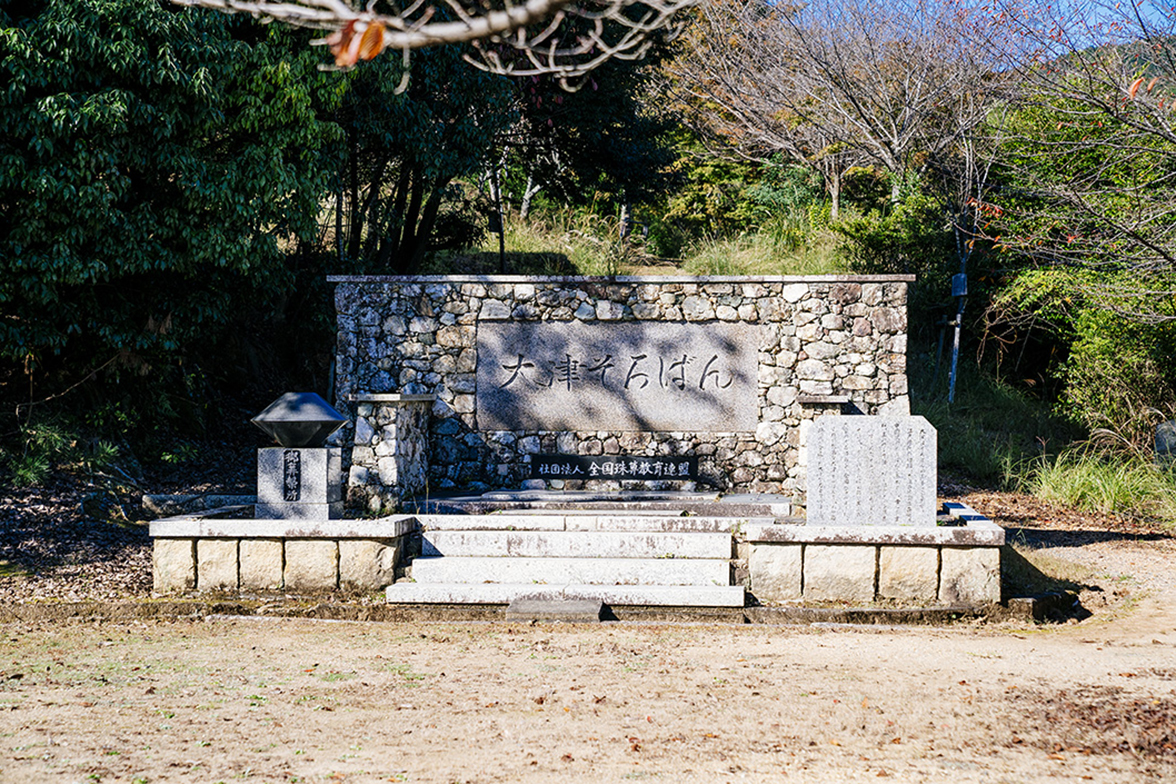Otsu Abacus

Otsu abacuses were sold on the Tokaido Road between Otani-cho and Oiwake-cho as one of Otsu’s representative specialties along with Otsu-e paintings and sewing needles. It originated in 1612 when Kataoka Shobei created a unique Japanese-style abacus by making the best use of inventiveness, referring to an abacus from the Ming Dynasty, now China, while Shobei was in Nagasaki accompanying Hasegawa Fujihiro who was asigned a post of Nagasaki magistrate. It featured the following factors: neither nails nor rivets are used; a secret method called Otsuzashi with a complex combination of back crosspiece and frame is applied; and bamboo cores thinner than the size of abacus beads are used.
Although the abacus production became obsolete in the Meiji Era [between mid-19th and early 20th centuries], sign boards and tools that belonged to abacus makers, and an abacus with “the year 1705” engraved still remain. These tools and abacus were designated as cultural properties by the City.
